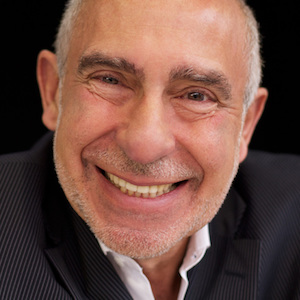Some doors will open and some doors will close in 2016.
 One door that will open even wider and become more welcoming will be that of social media — and how readers discover and then decide to read stories in our newspapers and magazines.
One door that will open even wider and become more welcoming will be that of social media — and how readers discover and then decide to read stories in our newspapers and magazines.
With the opening of that door will come the closing of another door, which we thought was the one where we planted our welcome mat for readers. I predict that in 2016, homepages will be re-evaluated, as they have ceased to be the main event or principal point of entry for many of our readers.
As 2015 ends, some of the most innovative work is in the way in which publishers, editors, and designers are rethinking and redesigning better ways to attract and to retain readers who may come into their publications via a social media link. Collaboration among designers, editors, and technical teams are providing visual presentations to make those links more appealing and, they hope, more effective in bringing readers to a newspaper or magazine’s homepage. This will be an area of tremendous interest, growth, and experimentation in the year ahead.
In my work, I find that editors are curious about new ways to make each article a point of entry not just into a particular story, but to the rest that a newspaper or magazine offers. At Aftenposten in Norway, editor-in-chief Espen Egil Hansen says his team “produces a thousand pages each day.” If the homepage has been the traditional “front page,” ushering audiences into a brand and its offerings, now the article is the point of entry. We are experimenting at Aftenposten with a system that allows each article to be an effective brand extension, inviting readers to read more than one story.
At this year’s Columbia University School of Journalism conference Journalism + Silicon Valley, a participant asked Mark Thompson, CEO of The New York Times Co., to name his greatest challenge. His answer? “How do we get a person who reads one news story to read a second story in The New York Times?”
That may be the most challenging task for publishers and editors in 2016, the year in which newspaper websites redefine homepages or abandon them altogether, substituting them with constantly updatable panels that most users will check on their mobile devices.
Mario Garcia is CEO and founder of Garcia Media.